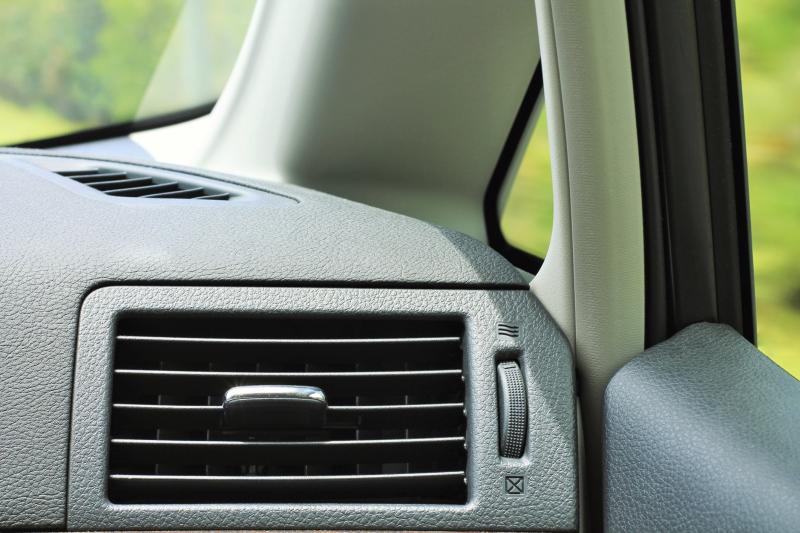
General Motors released a technical service bulletin that addressed possible causes of failure in the aluminum heater cores used on their 2004 and prior Chevrolet S10 trucks. The TSB lists corrosion and electrolysis damage, which aluminum is particularly vulnerable to, as the main causes of damage to the heater core and other components within the engine cooling system, such as the radiator and water pump.
The passages in the heater core can become clogged with the detritus caused by corrosion within the core and passages of the engine water jacket, usually brought on by using coolant with low corrosion inhibitor content, or that otherwise fails to meet factory specifications. Proper maintenance of the cooling system with the approved coolant will help to prevent this damage. Electrolysis caused by stray current corrosion can also cause the heater core to clog with the material released as the aluminum deteriorates, and it will eventually lead to a perforated heater core. Check for stray current by turning on all of the accessories. Set a multimeter to volts DC, and check between the negative battery post and the coolant in the radiator. If the meter shows anything higher than 0.3 volts, turn off the accessories one by one until the voltage drops to isolate the faulty component causing the current leak.
The heater core relies upon hot coolant from the engine to function. Insufficient coolant in the system frequently causes poor circulation. Since the heater hoses connect to the engine water jacket high on the engine, they will fail to allow circulation as the coolant level drops. Check the coolant level and top it off using the orange Dex-Cool coolant, part No. 12346290, or green Conventional Coolant, part No. 12378560, and never mix the two colors. The heater hoses themselves can deteriorate internally and create a sort of check valve. Remove the hoses and inspect them for signs of this deterioration, and replace as necessary.
Air from the blower is forced through the heater core by the control door, which is controlled by a bidirectional electrical motor. Variable voltage from the temperature control on the climate control panel determines the position of the door, which in turn diverts the airflow inside the air handler to adjust the temperature of the discharged air. A failure within the climate control panel, the door or the door control motor can cause the air to divert around the heater core instead of through it. You can isolate these areas as the cause of the problem by warming the engine up, and with the heater set to full hot and the blower set to high, feel both heater hoses for a temperature difference. If they are the same temperature, then the problem is in the controls.
There are a number of control- and circuit-protection devices that can cause the blower to fail to operate properly. Check the blower control circuit fuses, labeled HVAC in the fuse map, in the instrument panel fuse block as well as the engine compartment fuse block. Check the resistor located on the blower case in the passenger side rear of the engine compartment, as well as the blower relay at the center rear of the engine compartment. If the fuses are good, and you do not hear a faint click at the relay when the blower turns on at the panel, then the relay is likely bad or has a bad connection. However, if the relay does click and the blower fails to work, then you likely have a failed resistor or blower motor.